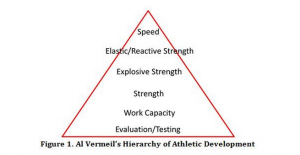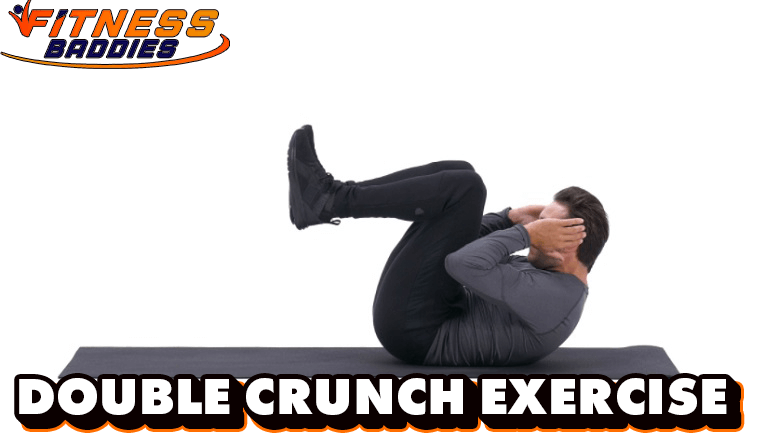Knowing the Rules to Understand the Exceptions
October 8, 2012 by fitnessbaddie
A friend posted this quote below over the weekend. He is a mixed martial artist, so he related it to that, but it is a sound principle that applies to anything related to education, improving yourself or learning about a topic. It’s a theme I hear repeated often by smarter and more experienced names than me; yet people have such a hard time grasping it when they are looking for advice:
“The right way of doing something, is when it works. So if the wrong way is working, I will stick to that.”-Erick Silva…… Interesting fight philosophy.Not the best as a training/development mindset. But it is an important aspect of the competition mind set. When it comes time for you to actually compete, you must be focusing on the outcome you want to create and not so much about what it takes to get there. Even the most craziest of techniques can work within the right moment. There is always an exception to the rules, but KNOW the rules so you understand what the exceptions look like.
Very few of us are exceptions. Very few of us can productively USE exceptions. And you can’t know why those exceptions work unless you know the rules on which the exceptions are based.
This is never more clear than when you talk about fads in diet and training. No one wants to be average, or do the average. Plain old rules are boring. But without knowing the rules, you cannot know how to apply the exceptions. You can’t know where it fits, or WHY it would work, or WHEN it would work. I often get a lot of resistance when I point out the simple fact that maybe it’s not all those factors, it’s this basic one right here. The plague of “exceptions” is why there is so much misinformation, out-of-context information, no-perspective information or inflammatory information (excitings gonna excite).
Take abs for example. Someone wrote me looking for ab exercises on my blog. This person wants to lose fat. I told them simply, that ab exercises aren’t going to do that much. They needed to consider their diet and exercise as a whole. But that’s not what they wanted to hear. They wanted an “ab circuit”. Of course, the BIG answer would be going into an explanation of energy in vs energy out and exercise vs dieting etc etc, but for a quick simple “rule”; you have a big belly because you eat too much, and an ab circuit isn’t going to do much to get rid of that. Chances are the extra “exercise” will make you eat a bit more and screw the whole equation in the end. So what’s more important? What aspect deserves the most focus to create the biggest changes? That’s the concept of rules. What is the best investment of my time to get the most gain?
That’s another reason I advocate strength training. Sure, you can argue to death that ANY activity will result in something happening. It’s why anything works at first! “Oh but my friend lost 93493 lbs doing this, and she looks like that and she still does cardio 494949 hours a a day etc etc.” We all have stories like that. We can all point to someone like that. But does that make it a rule? Not just a rule even, does that it the best way in the long run?
Before you start fiddling with this diet type and that kind of food, and this philosophy, and this cyclical that…..how about asking yourself;
Do I really know how much I eat everyday?
Do I know my eating habits?
For training, how about asking yourself:
What do I want to look like?
Do I want to perform special for some reason?
How much time and effort am I really willing to invest (you can’t expect crazy awesome results with minimal investment)?
Intermittent fasting for instance. I like it. When I first heard of it, it sounded like just another crazy diet thing (and it CAN be for some people). I even told someone that. I joined a group on FB and promptly went “These girls are fasting for 14-16 hours a day, that doesn’t sound healthy.” Once I verbalized that, I realized I couldn’t make a statement like that without knowing about it. So I went and read up on it. And I read some more, and that led to more reading. Reading not onlyabout IF, but basic nutrition education (Alan Aragon and Lyle McDonald) and then I started to know WHY intermittent fasting could work, and who might benefit from it. The biggest thing for me was that it opened up the options in dieting styles. And THAT was a rule. That diet is flexible, especially in timing.
I had someone just write me saying they tried IF and do better on 3 meals a day and some snacks. GOOD! That’s great. That means she put some thought into the rule of:
Diet adherence is a lot about diet convenience.
If I gave her a diet plan that was inconvenient and frustrating for her, then what would be the point? Now, the exception to that might be someone in contest prep. Their diet might not be super convenient, BUT then they are not dealing with big adherence issues. Someone who competes, most likely has experience with dieting and can handle it (this is a generalization).
Another example I come across with my athletes, which I have posted about briefly before, is plyometric training. All the coaches want me to do lots of plyo, jump training etc. I don’t consider this appropriate until a kid has built up some type of strength base. Why? Because nothing in their body is ready for that kind of speed and high impact training. And because I put safety and long-term progress ahead of anything else. I believe there is a hierarchy to training, especially for young kids who can “get away” with some crazy stuff without seemingly negative effects, yet this stuff can have a very negative impact in years to come. I like to treat all my athletes as if they will one day be pros and contribute to building their base appropriately.

Monday mornings are always good for a little rant. I hope everyone has as fabulous a week as I am going to have!! When the going gets tough in your diet or training, hold on to the basics, get them down, and then with time, the exceptions that apply TO YOU, will make themselves known.




